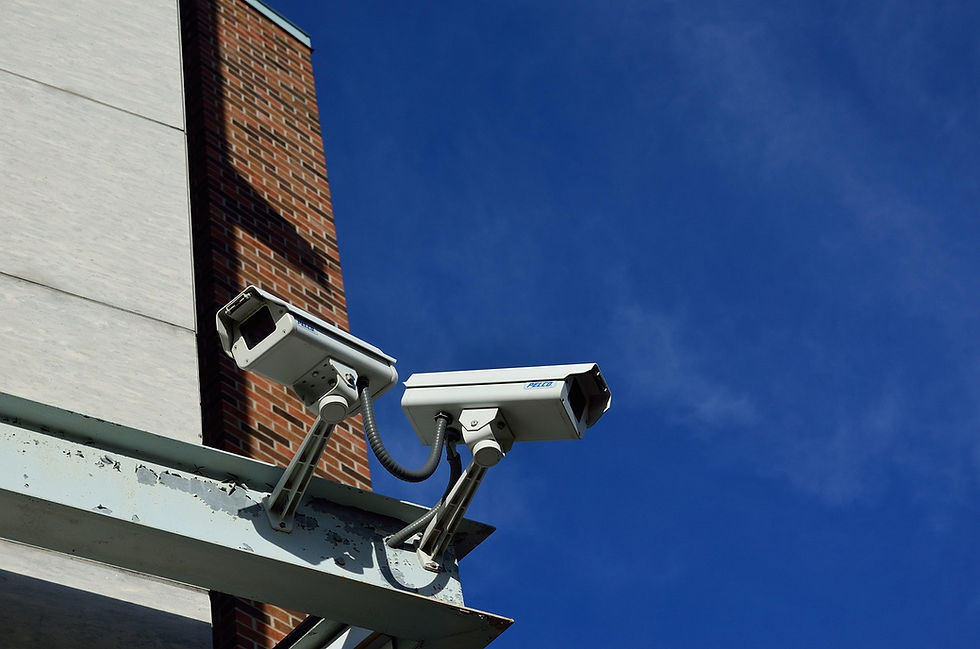Landscape Lighting - Why So Popular?
- annawrench1315
- Jul 17, 2019
- 3 min read
Updated: Sep 18, 2023

After having worked hard on making your dream home look the same, you stand back, watch the wonderful view and admire it with awe. However, as the sun goes down, the glory of your beautiful house slowly starts disappearing. Why let the darkness of the night steal the splendidness of your glorious house and allow it to cover a veil over your months or probably years of planning and hard work? Now there’s a solution to make your property look stunning just as it is under daylight. It’s called landscape lighting.
Consider Why You Need To Have Landscape Lighting At Your Property:
It enhances the overall look of your property
It provides additional safety during night time
Your residence garden deserves to look aesthetically pleasing even during the night
Makes the place more accessible as it is well lit
Kids and adults can play sports or enjoy other forms of recreation under the moonlight
Can host social events on your property even at night
It is a myth that landscape lighting can rip your pocket. On the contrary, it is cost-effective, all you need to do is get the right hardware and place the lights smartly to achieve a pleasing night scheme on your piece of land. Running costs of these lights are low as the voltage of these bulbs are likewise and using a stepdown transformer, you can easily create limitless effects while sticking to your budget.
Here are some basic things you need to light up your landscape - few bulbs, a transformer to reduce power from your house to a much lower value, fixture housing to protect your bulbs from the elements, stakes to hold the fixtures in place and cables to carry power to the bulbs. The effect these basic things can create is quite stunning indeed!
Choosing fixtures can be a mindboggling task.
Here Are A Few Examples Of Different Types Of Landscape Lighting Available Commercially:
Garden: These reflect light downwards from a height of 18-24 feet. Many use these as pathway markers or to highlight beds of well-cared grass. These lights are a good option if you want to flaunt their style and finish.
Wash: These are used to brighten flat surfaces like walls or private fences, as they give out diffuse light that is soft on the eyes.
Well: As the name suggests, these are hidden inside a waterproof casing buried underground and as such are not visible. These can be used to highlight the underside of a plant or a garden wall.
Bullet: These shoot light straight at a structure that benefits from precise lighting, for example, a tree trunk, house features, and garden structures.
Downlight: These are placed on high structures like treetops or walls to aim downwards and create a moonlight effect. Lawns beauty can be highlighted using these landscape lighting fixtures.
Flood: These are like a bullet but cast a wider beam of light and are brighter than wash lights. They are ideal for tall trees or houses with wide facades.
While you may easily choose the type of lights mentioned above, when it comes to fixing these, it can be overwhelming. One might think of hiring a professional to do the job. While this is totally up to you, with a little time on the weekend and some effort from your side, you can set up these lights on your own. There are pros of getting the expertise of a professional though.
Money Matters:
Depending on the type of landscape lighting fixtures, the cost may vary. Individual lights begin from $20; a transformer will cost around $200 while cables are just a few cents. On the other hand, if you hire a professional to do it, be ready to shell out a couple of thousand dollars.
Maintenance:
Timely cleaning of leaves and other debris is needed to help the landscape lightings shine. When needed, broken bulbs need replacements. Fixtures generally last for several years depending on the type of material.
Conclusion
With just a little planning and expense, you can enhance the beauty of your landscape under the moonlight. Why spare it?








Comments